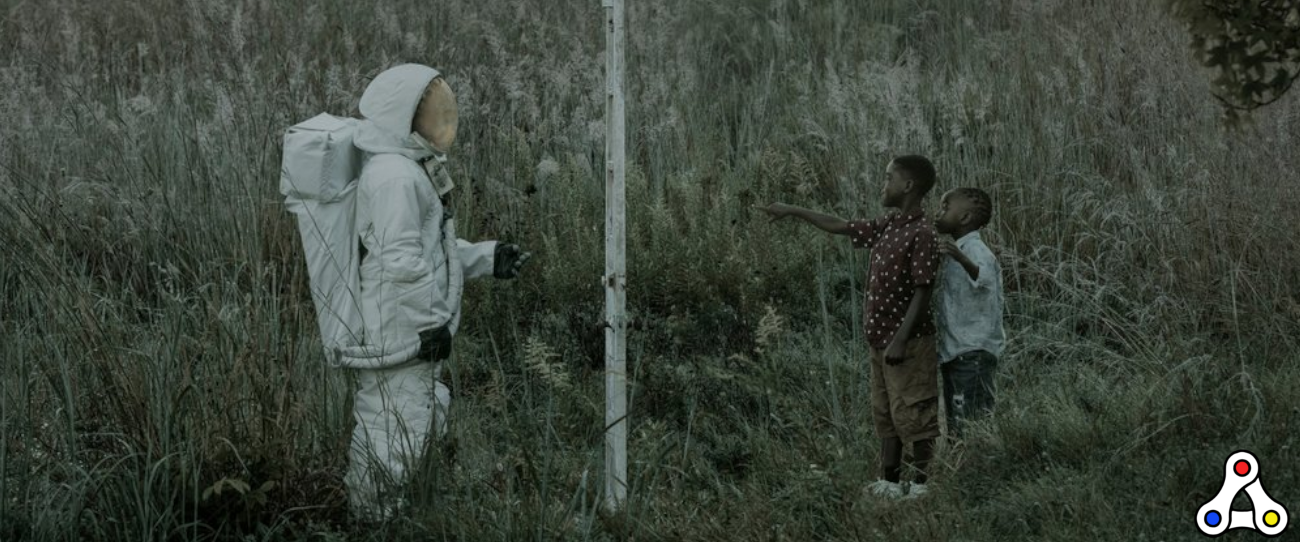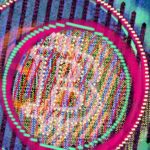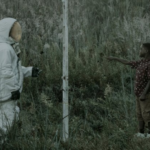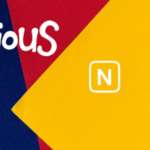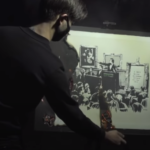An anonymous bidder paid almost 114 thousand dollars for former MLB-player Micah Johnson’s programmable art ˈsä-v(ə-)rən-tē, pronounced as sovereignty. That’s a record sale for art platform Async Art. One month ago an art collaboration between Trevor Jones and José Delbo sold for 111 thousand dollars.
The artwork by the former Major League Baseball star doesn’t only change based on the day and night cycle. The lives of two young black kids are intertwined by the artwork. Twice per year on their birthdays, the artwork will list their dreams and a QR code to their bitcoin wallet. When they are 18, the kids will gain access to these wallets and they will disappear from the artwork.
Async Art is a digital art platform where artists can create digital art made up out of different programmable layers. These layers can have different owners. The layers can also change based on the time of the day, date, the weather, and so on.
Record sale for crypto artwork
In recent months we’ve seen a couple of big sales in the crypto artwork space. In September Matt Kane sold his programmable artwork Right Place & Right Time for 101 thousand dollars. Last month Christie’s sold a Bitcoin artwork for 131 thousand dollars. However, that was a physical artwork combined with a digital one. Micah Johnson’s art ‘sä-v(ə-)rən-tē is purely digital, and can therefore be considered the most expensive crypto artwork.
However, this record claim comes with a side note. Because officially that honor still goes to Kevin Abosch’s Forever Rose, which sold for 1 million dollars to a group of investors back in 2018. However, the artwork is no ERC-721 token like modern crypto artworks. The Forever Rose is an ERC20 token called ROSE on the Ethereum blockchain based on Mr Abosch’s photograph of a rose. The buyers each receives 1/10 of the ROSE token, as ERC20 tokens are divisible. According to Etherscan there’s only 0.9 ROSE left, which suggest someone burned their share over the digital rose.
What is crypto art?
Crypto art or digital art has been around for many years. However, without the existence of blockchain technology it was impossible to verify authenticity and rarity. Now digital art connects directly with an unique token on the Ethereum blockchain. That way buyers can see how many copies of a certain artwork there are, and whether the product is original.
The concept of seeing a digital image as art, is one thing. However, for many people it will be a challenge to consider digital images as valuable. Consider this: The Mona Lisa is worth many millions of dollars. If I would paint the Mona Lisa in an exact copy, it would be worth only 50 dollars. Because we all know where the original version is. Being able to verify the authenticity and rarity of a piece of art is crucial.
Some people don’t care about the Mona Lisa. It’s just a painting. They are happy to download an image for Google Images, print it on canvas and hang it in their living room. Others want the real deal. The same rules go up for digital crypto art. Some people want to original one, others are happy with a copy on their phone.
Crypto art is gaining popularity. Platforms like Rarible, Superrare and Knownorigins are thriving. The introduction of blockchain technology allowed digital artists to create unique artworks. Ownership and rarity are now verifiable through the blockchain, creating true value. Last year the crypto art market was good for 559 thousand dollars in trading volume. The market grew 115 percent compared with the year before.
In addition several artists from ‘outside’ the blockchain space have been showing interest. MakersPlace has already partnered with comic book artist José Delbo, while NiftyGateway sold some original Vandal Gummy artworks. Even Paris Hilton sold a drawing!

